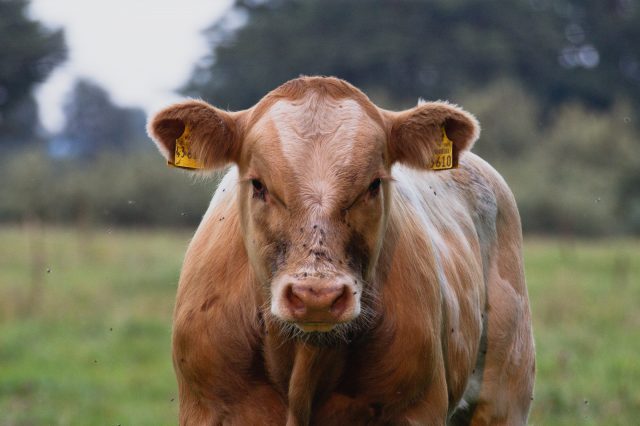Cattle Futures Ease on Technical Selling After Steady Cash Sales

U.S. cattle futures eased as much as 1 percent on Thursday, weighed down by technical selling and steady deals in cash markets in the southern Plains, traders and analysts said
by Michael Hirtzer – Reuters
Live cattle futures weakened for the fourth straight session on the Chicago Mercantile Exchange. The market had climbed to life-of-contract highs on Dec. 31, partially on expectations that snows, rains and falling temperatures last week in the U.S. Plains would hamper the transportation of livestock and bolster cash prices.
“Performance in North American protein moved higher, as robust demand for beef and large supplies of fed cattle boosted beef production”
But prices have given back some of those gains, with the front-month February live cattle finishing down 0.300 cent to 123.225 cents per pound, a one-week low.
CME March feeder cattle eased 1.500 cent to 144.450 cents, lowest since Dec. 20.
Cash cattle prices late last week surged about $4 per cwt to $123 per cwt. Trade developed at those same prices on Thursday in Kansas and Nebraska, disappointing some traders who had anticipated higher prices.
However, the price levels likely were attractive to feedlots which had already hedged positions in the futures market, according to cattle analyst David Hales.
“It’s a good number. It’s a great basis,” Hales said.
The basis is the difference between cash cattle sales and the backing futures price. Hales added that demand from beef packers was relatively
strong after few animals traded last week.Cargill Inc, a major beef packer and one of the world’s largest privately held businesses, reported a 20 percent decline in quarterly earnings on Thursday, pressured in part by the struggling Chinese hog sector.
However, Cargill’s beef business remained strong.
“Performance in North American protein moved higher, as robust demand for beef and large supplies of fed cattle boosted beef production and sales to domestic and export markets,” Cargill said in a release.
Lean hog futures were mostly higher but held below Wednesday’s session peaks as traders continued to bet on a pickup in U.S. pork exports to China. China, battling the highly contagious African swine fever virus, continued to cull hog herds and was widely expected to boost meat imports at some point this year.
CME February hogs were up 0.450 cent to 62.150 cents.
“February hogs traded above the 200-day moving average for the second day in a row but was unable to settle above that level at $62.52,” CHS Hedging said in a market note.












